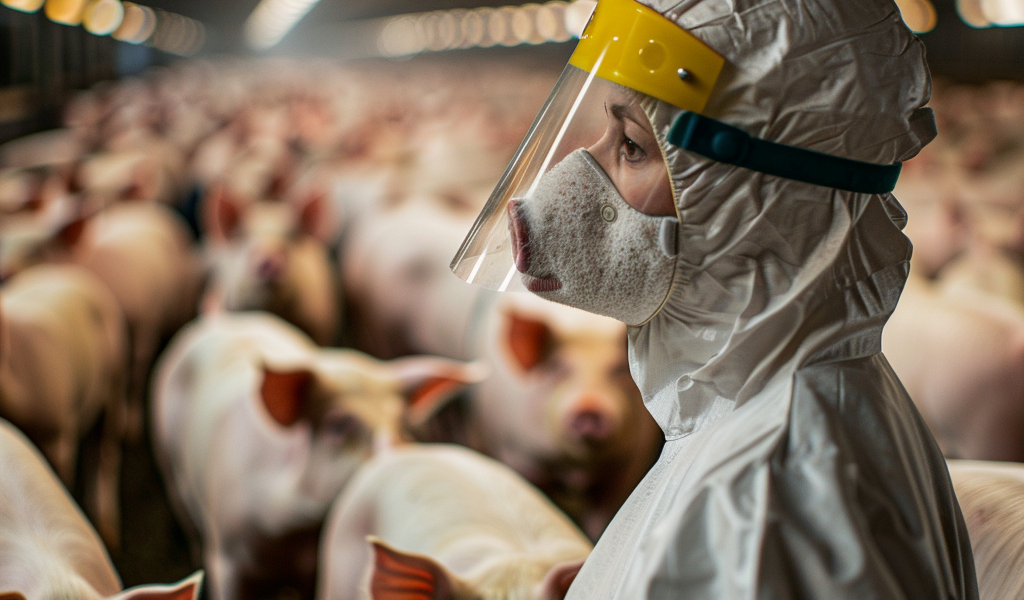Outbreaks of swine influenza have been a cause for concern in recent years, with various incidents highlighting the potential risks associated with zoonotic influenza. These outbreaks serve as a reminder that individuals of all ages, with or without underlying health conditions, can be vulnerable to swine influenza infections due to different exposures.
One interesting aspect is the ability of scientists to analyze the viruses and map their evolutionary relationships within a phylogenic tree. The diversity of zoonotic influenza viruses that caused human infections in 2023 has raised alarms, particularly due to the severe diseases and high mortality rates associated with some types of these viruses.
While the transmission of these viruses from person to person was not widespread in 2023, the potential for this to change in the future necessitates continuous preparedness for a potential pandemic. The World Health Organization (WHO) has emphasized the need to strengthen surveillance in both animal and human populations, thoroughly investigate zoonotic infections, and enhance pandemic preparedness planning.
Summary of Swine Influenza Outbreaks in 2023
Brazil
In June 2023, WHO reported a fatal laboratory-confirmed human case of swine-origin influenza A(H1N1) variant (v) virus in the state of Paraná. The patient, a 42-year-old woman with underlying medical conditions, lived near a swine farm and exhibited symptoms including fever, headache, sore throat, and abdominal pain. Despite not having direct contact with pigs, two of her close contacts who worked at a swine farm did not develop respiratory disease but tested negative for influenza.
The United States of America
In August 2023, a human infection with a novel influenza A(H1N2) variant virus was identified in the State of Michigan. The patient, under 18 years old with no comorbidities, had been exposed to swine at an agricultural fair. This marked the first influenza A(H1N2)v virus infection identified in the United States in 2023.





